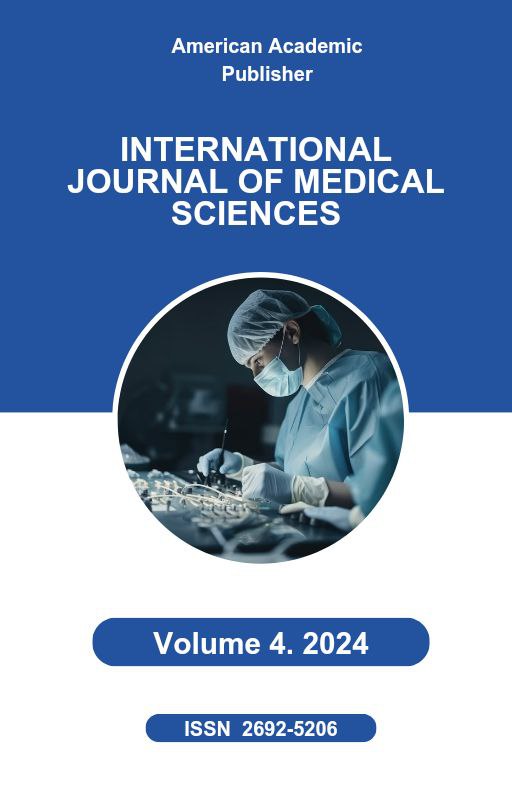 Articles
| Open Access |
https://doi.org/10.55640/
Articles
| Open Access |
https://doi.org/10.55640/
IRON DEFICIENCY ANEMIA IN CHILDREN: PATHOPHYSIOLOGICAL MECHANISMS AND CLINICAL MANAGEMENT
Maksudova Khakima Fayzullayevna , Andijan State Medical Institute, UzbekistanAbstract
:Iron deficiency anemia (IDA) is the most prevalent nutritional disorder in children worldwide, significantly impacting growth, cognitive development, and overall health. The condition arises from inadequate dietary intake, impaired absorption, or increased iron requirements during periods of rapid growth. This article reviews the pathophysiological mechanisms of IDA in children, its clinical manifestations, and current strategies for diagnosis and management. Evidence from recent studies indicates that while oral iron supplementation remains the first-line treatment, adherence and gastrointestinal side effects pose challenges. A deeper understanding of iron metabolism in childhood highlights the importance of preventive strategies, including dietary interventions and fortification programs.
Keywords
Iron deficiency anemia; Pediatrics; Pathophysiology; Childhood nutrition; Hemoglobin; Iron supplementation
References
Pasricha S-R, et al. Iron deficiency anemia in young children: epidemiology and management. Lancet Child Adolesc Health. 2018.
World Health Organization. Nutritional anemia in childhood. WHO Report. 2020.
Lopez A, et al. Iron deficiency and anemia of chronic disease. N Engl J Med. 2016.
Pavord S, et al. Management of iron deficiency anemia in children. Br J Haematol. 2021.
Chen O, et al. Novel approaches to iron supplementation in pediatrics. Pediatrics. 2023.
Article Statistics
Downloads
Copyright License

This work is licensed under a Creative Commons Attribution 4.0 International License.

